Page Three: On Our Way To Williams

Estimated Time: 6 hours 27 minutes Estimated Distance: 438.29 miles
Route 66
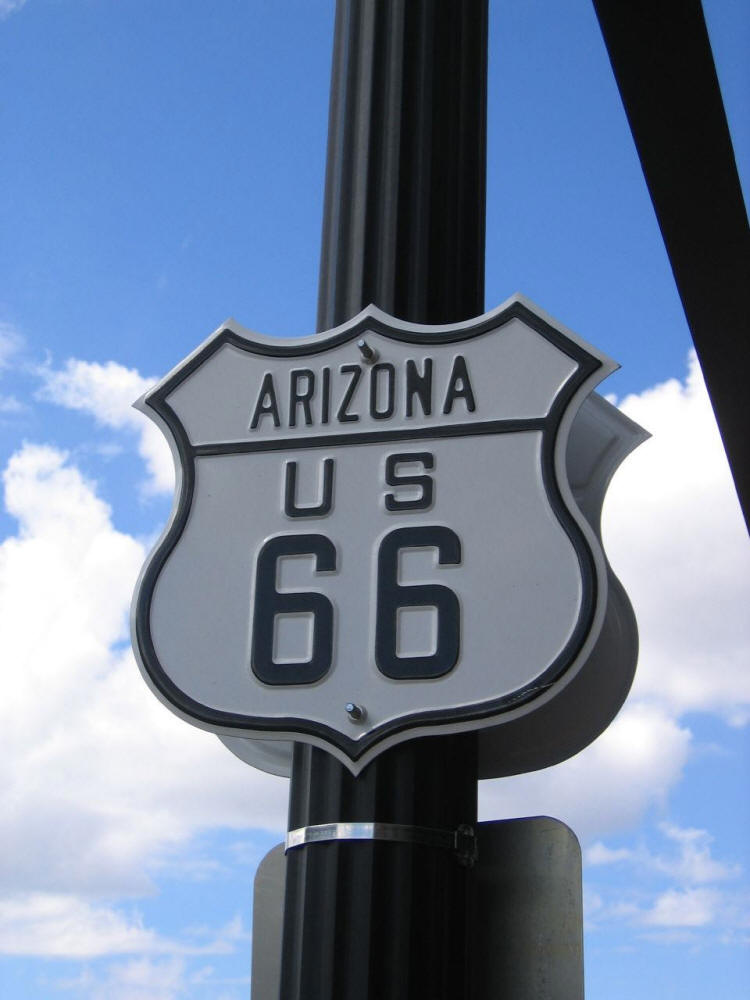
The Mother Road
U.S. Route 66 (also known as the Will Rogers Highway after
the humorist, and colloquially known as the "Main Street of America" or
the "Mother Road") was a highway in the U.S. Highway System. One of the
original U.S. highways, Route 66, US Highway 66, was established on November
11, 1926. However, road signs did not go up until the following year.
The famous highway originally ran from Chicago, Illinois, through Missouri,
Kansas, Oklahoma, Texas, New Mexico, Arizona, and California, before ending
at Los Angeles, encompassing a total of 2,448 miles (3,940 km). It was recognized
in popular culture by both a hit song and a television show in the 50s and
60s. It also inspired many characters and places in 2006 Disney/Pixar animated
feature film, Cars.
Route 66 underwent many improvements and realignments over its lifetime,
changing its path and overall length. Many of the realignments gave travelers
faster or safer routes, or detoured around city congestion. One realignment
moved the western endpoint further west from downtown Los Angeles to Santa
Monica.
Route 66 was a major path of the migrants who went west, especially during
the Dust Bowl of the 1930s, and supported the economies of the communities
through which the road passed. People doing business along the route became
prosperous due to the growing popularity of the highway, and those same
people later fought to keep the highway alive even with the growing threat
of being bypassed by the new Interstate Highway System.
US 66 was officially removed from the United States Highway System on June
27, 1985 after it was decided the route was no longer relevant and had been
replaced by the Interstate Highway System.
Our Pictures
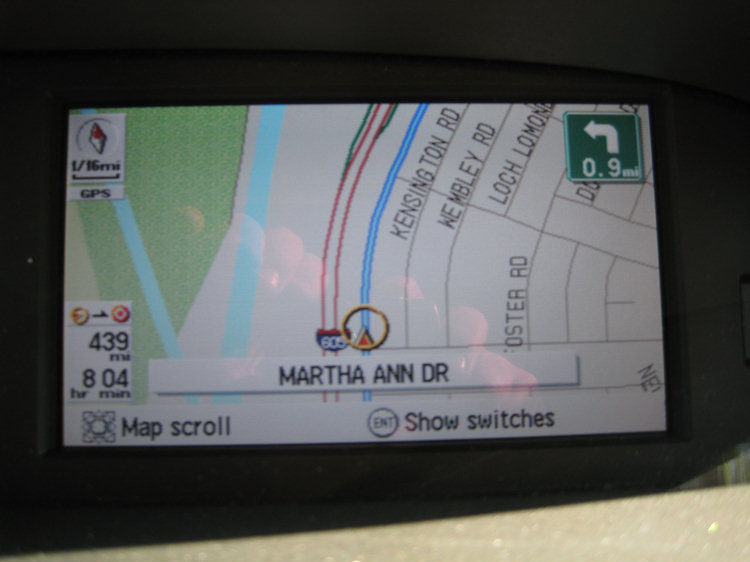
Turn on GPS and the rest is easy!

Quigley's is our favorite in-route place to eat!
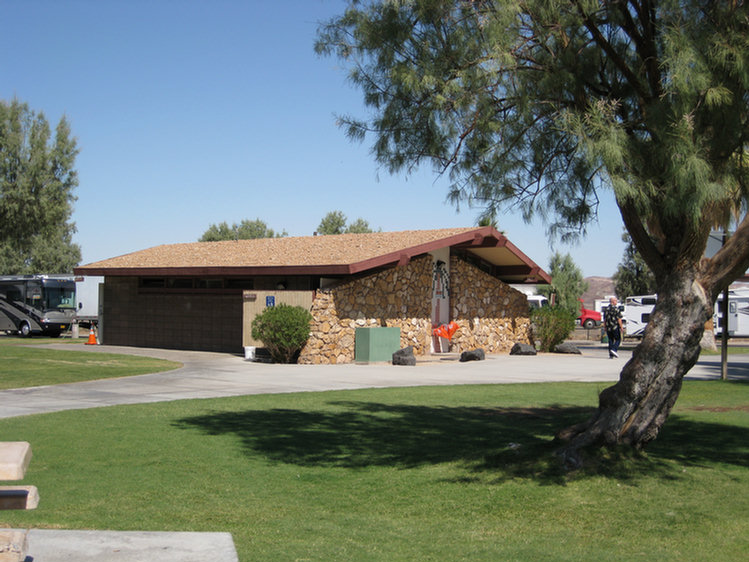
Rest stops are super for stretching our legs

The "Silver Bullet" is ready to go
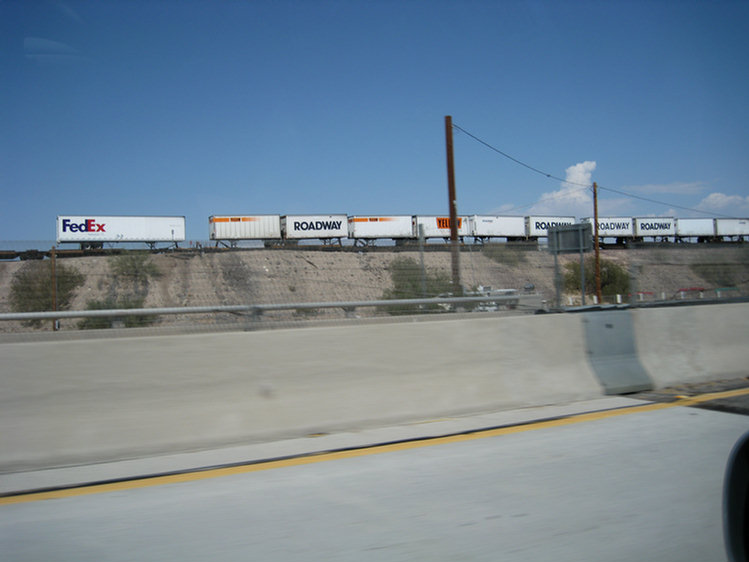
I-40 parallels the train tracks and we saw about 50 long freight trains
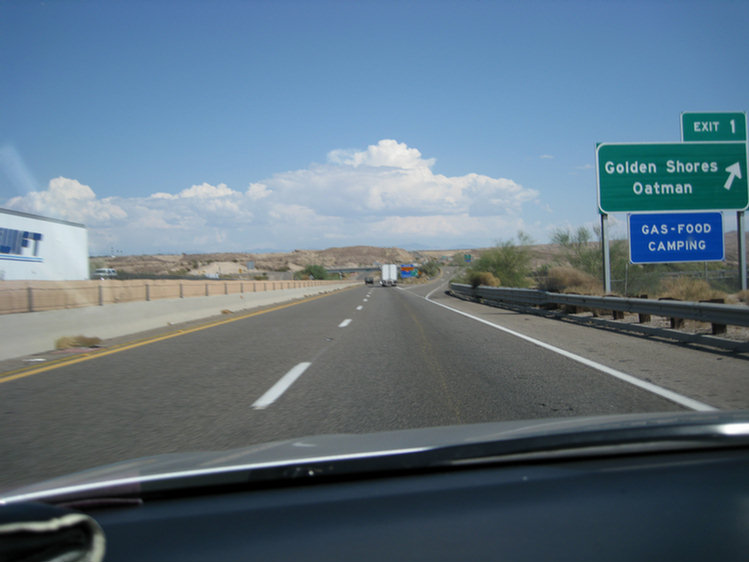
Leaving California
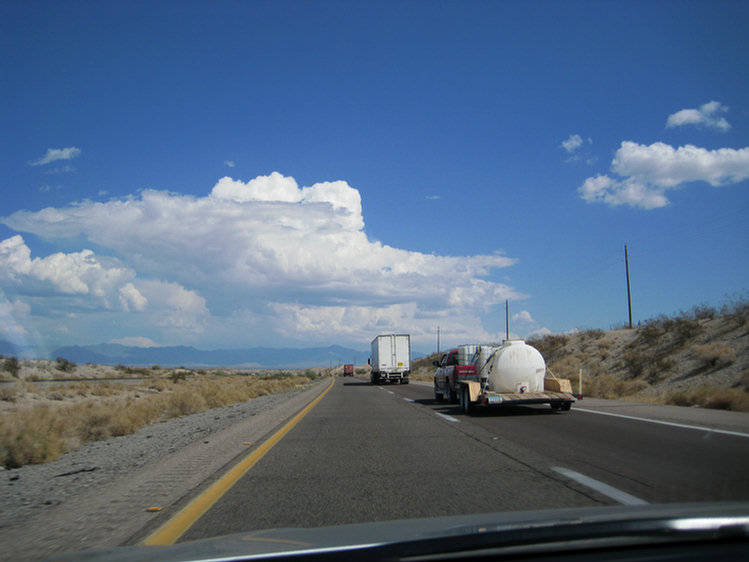
I-49 is easy to drive; not much traffic and wide road
Arizona Rest Stop

Afternoon thunder clouds are brewing ahead of us

Our destination

Nowhere Arizona!

The flag was beautiful against the blue sky!
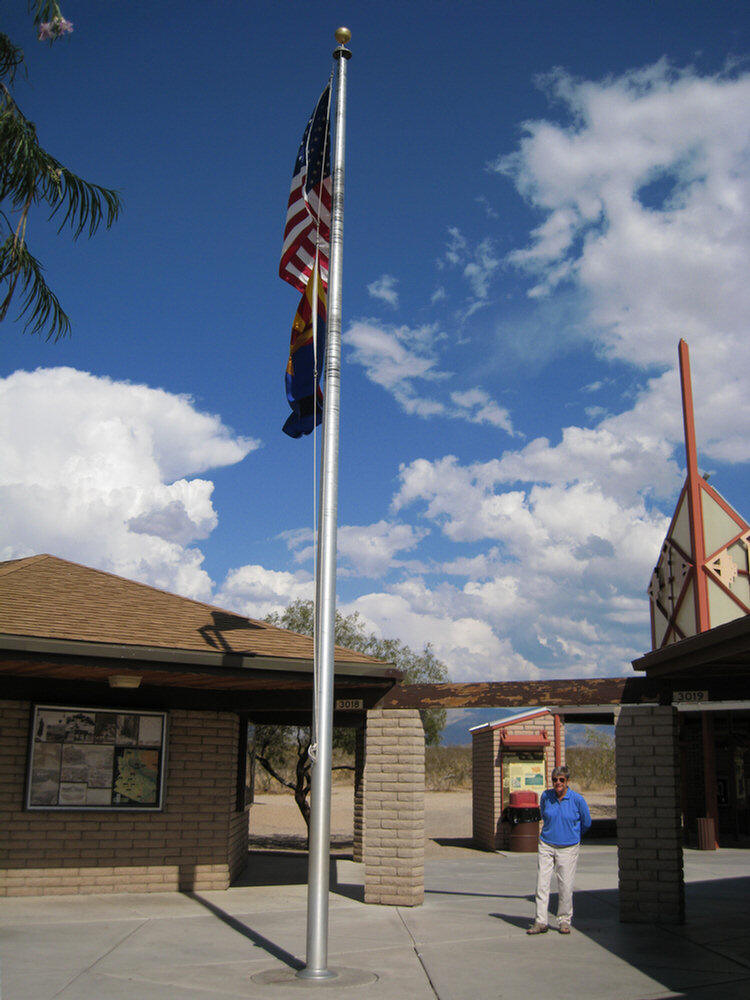
Amazingly clear skies for an hour and then.....
Dust Devils And A Cloudburst!
Dust devils form when hot air near the surface rises quickly through a small pocket of cooler low pressure air above it. If conditions are just right, the air may begin to rotate. As the air rises suddenly, the column of hot air is stretched vertically causing intensification of the spinning effect by the scientific principle conservation of angular momentum. The secondary flow in the dust devil causes other hot air to speed horizontally inward to the bottom of the newly-forming vortex. As more hot air rushes in toward the developing vortex to replace the air that is rising, the spinning effect becomes further intensified and self-sustaining. A dust devil, fully formed, is a funnel-like chimney through which hot air moves, both upwards and in a circle. As the hot air rises it cools, loses its buoyancy and eventually ceases to rise. As it rises it displaces air which descends outside the core of the vortex. This cool air returning acts as a balance against the spinning hot air outer wall and keeps the system stable.
The spinning effect, along with surface friction, usually will produce a forward momentum. The dust devil is able to sustain itself longer by moving over nearby sources of hot surface air.
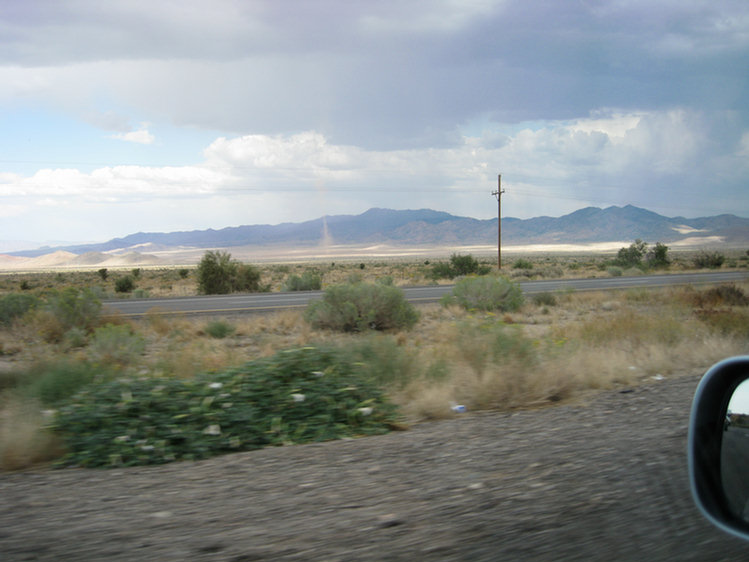
Look at the center and see the "dust devil"
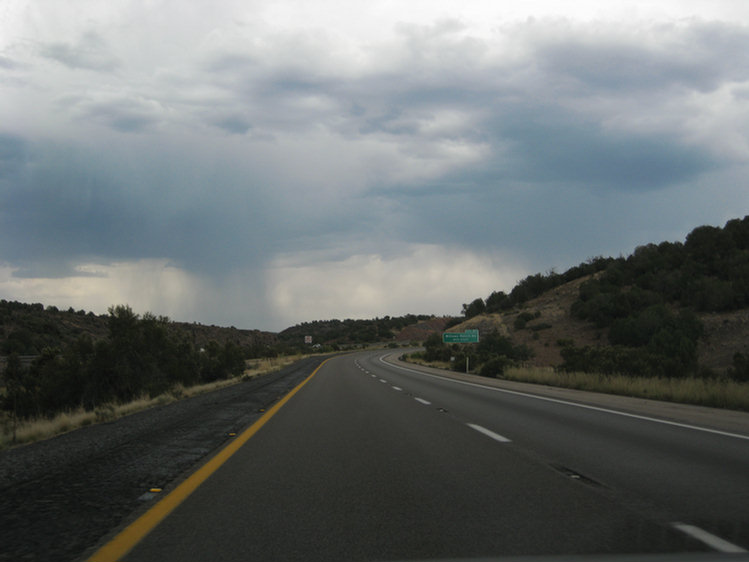
It began as a few drops and then...
A cloudburst is an extreme form of rainfall, sometimes mixed with hail and thunder, which normally lasts no longer than a few minutes but is capable of creating minor flood conditions. They are called 'bursts' probably because it was believed earlier that clouds were solid masses full of water. These violent storms were attributed to their bursting.

It rained so hard we had to pull over and wait as the
visibility was zero...
About 90 seconds!